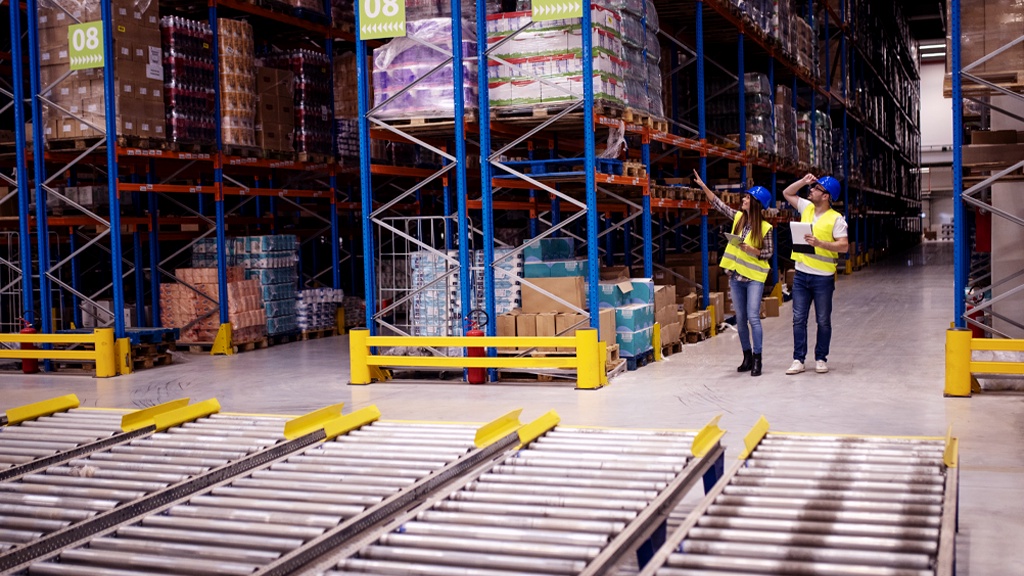The disruption in the supply chain has been there ever since but recently it has emerged even more. When this issue persists, it becomes difficult for organizations to keep it up effectively globally. Although few solutions are available in the market, they are too narrow to address the end-to-end issues of supply chain management.
The enterprises have enormous amounts of data stored in different systems, such as ERP, and other legacy systems. Still, they need to be more scattered to receive a holistic understanding and neither is it helpful in responding to the disruptions.
It is only possible to respond to the challenges depending on how the organizations gather this scattered information to make decisions across various parts of the business. The software they use should do certain things to arrive at a tangible solution.
- It must give visibility to the data to analyze what’s happening
- It should predict the problems that may arise and help them solve them beforehand.
- It must allow the different teams to work collaboratively, including the external partners
- You should be able to handle the orders efficiently.
Microsoft Cloud for Manufacturing can help you modernize your supply chain and let’s look at how it can exactly help your supply chain management work effectively.
Connecting all the ecosystems
Around the world, only a few have modern integrated supply solutions, and the rest of the companies rely on legacy systems that lack real-time data. It is always a good choice to have a single integrated system for greater visibility without which it is a disadvantage. In Microsoft, you can find Supply Chain Center, which technically brings together the data from all the systems that you have in the supply chain ecosystem. That way it makes the best use of the existing system, without replacing it.
You get visibility to a larger data set, assess the risks, and find the trends faster.
Effective handling
With data at hand, you can now get some valuable insights, such as predicting overstocking or shipment delays. They also get to track the end deliverables to see if they reach the consumer on time and if not, you get to decide whether to correct them.
The majority of the troubles in the supply chain have been due to poor collaboration between the external partner and the supply chain team. Without toggling between multiple platforms, and with Microsoft Teams built into the Microsoft Supply Chain Center, you can make the collaboration work better.
You can tackle the demands
The demand in the market keeps changing and as a business, you need to adapt to it as well. With Microsoft Dynamics 365 Supply Chain Management, you can proactively take a look at it. Utilize material resource planning to handle the delivery times, view the inventory across the platform, and optimize your inventory appropriately. You also get to reserve the inventory for high-priority orders.
Using robotic automation, companies can deploy pop-up warehouses to meet the demands that rise seasonally. To handle the warehouse, the employees can utilize the warehouse app to gain agility.
To enhance productivity and efficiency
As known, supply chain operations in many organizations are currently disconnected. Organizations can leverage intelligent automation to improve employee experiences, reduce costs, and maximize the margin for operations.
Microsoft Power Automate can identify deeper insights to find out the bottlenecks that may lie in the process of optimization and with low code no code option, you can drive greater efficiency. The organizations can stay connected with the production floor team with MES integration without replacing any existing tools.
With the tools being enhanced, you don’t have to worry about expecting the skilled production team to be experts at using them. They can reduce errors, keep upskilling with the instructions, and also connect to the experts via teams.
Sustainability and security at once
The threats to the ecosystem have increased too and it’s very crucial to secure all the systems there are in the ecosystem. Microsoft improves security by detecting and preventing threats if there are any.
It’s not just in cyber security but also end-to-end supply chain network security and physical management with various degrees of security and contentious patches and updates.
Options like a rule-based system that creates a perfect balance between how many miles traveled to and from a warehouse to the customers can not only ensure on-time delivery but also reduce emissions.
In their sourcing method, they can implement a sustainability scorecard to keep track of changes and metrics and also work towards sustainability.
And there are many more things that Microsoft Cloud for Manufacturing in Supply Chain Management can do for sustainability.
Want the gear to ramp up your supply chain management?
Create integrated solutions leveraging Microsoft tools for greater supply chain management. You need the best solution and Microsoft Cloud for Manufacturing is thriving at giving just that to you so that you can face any challenges effectively.
The Wrap
To survive in today’s market, you need current-generation technology to get the supply chain working effectively. Traditional methods are gone and may not help you globally scale when you are growing big. Promote agility and bring sustainability and automation into play with Microsoft.


No comments yet